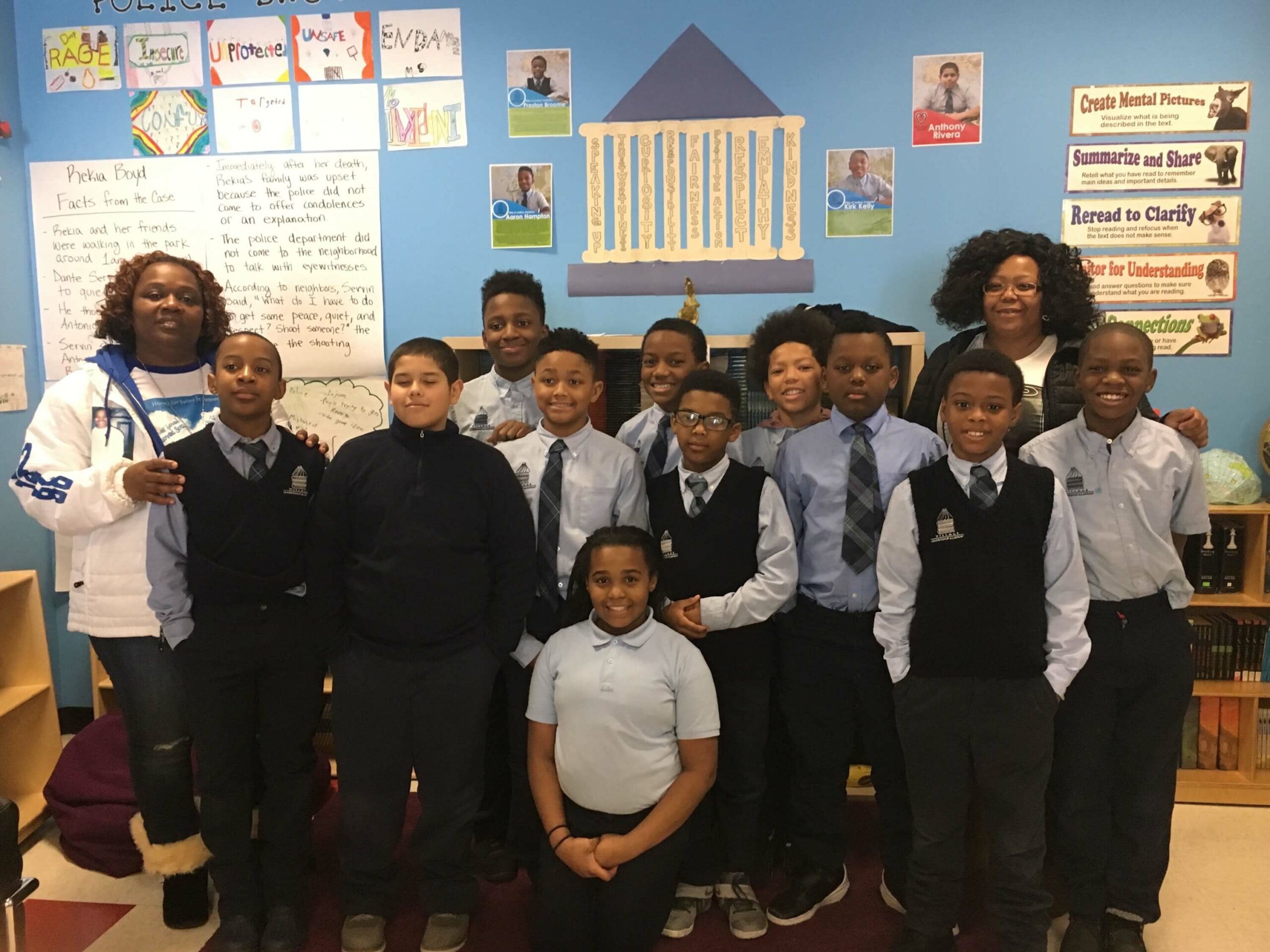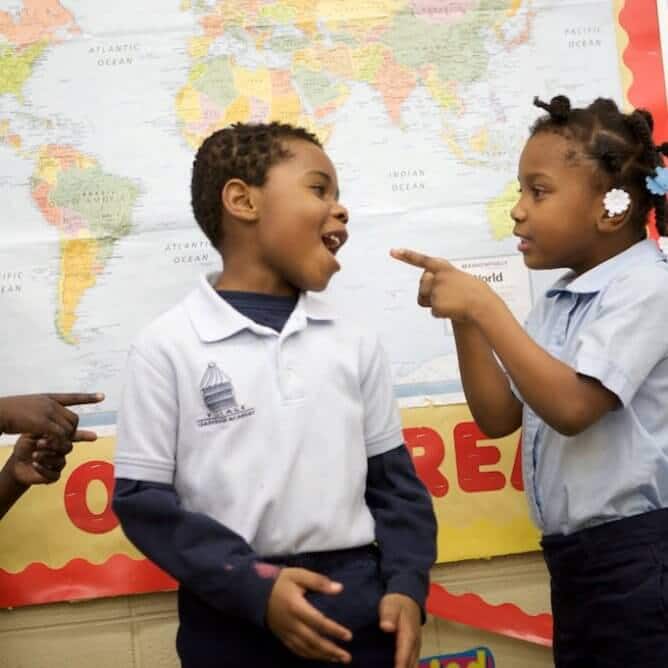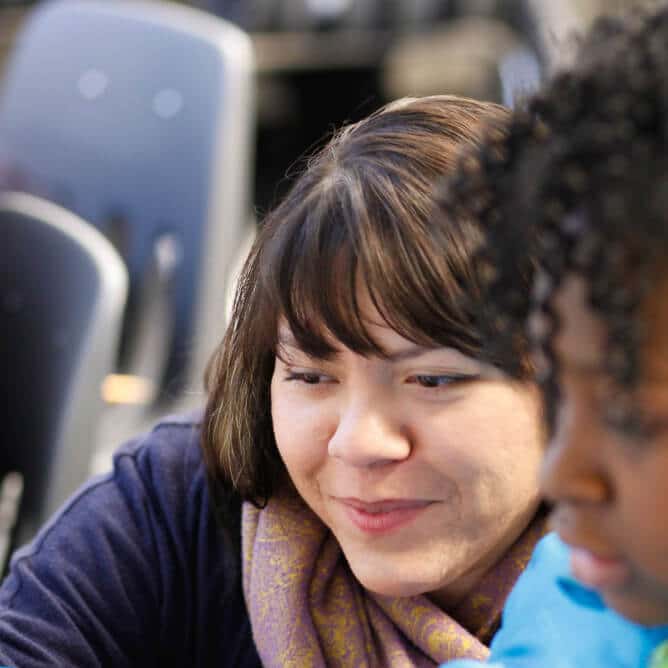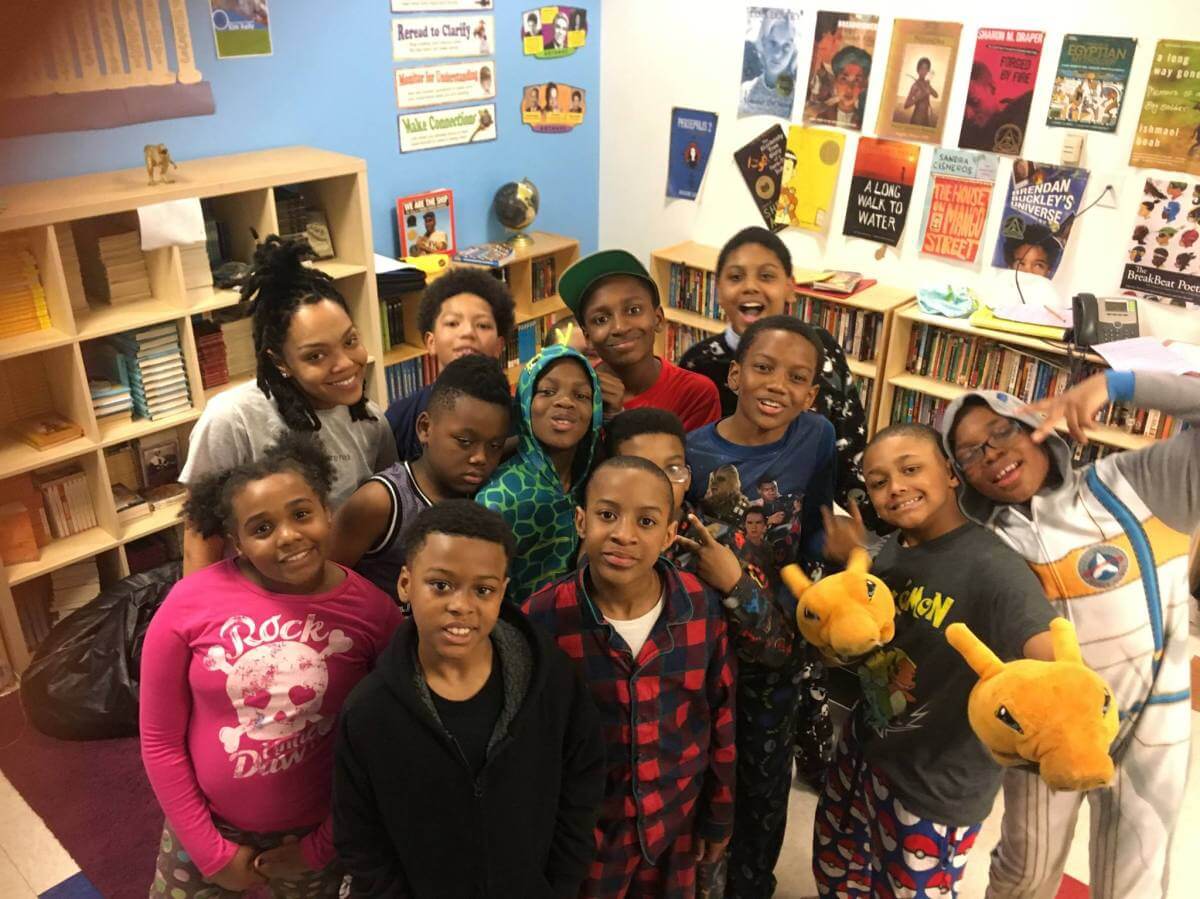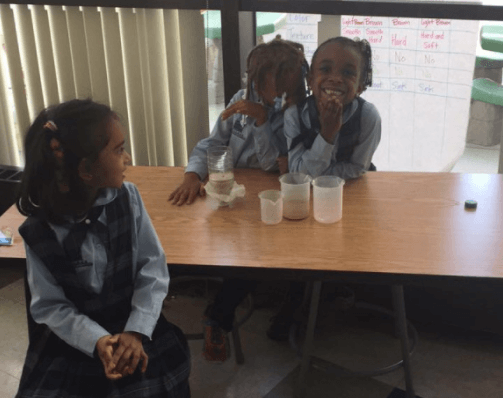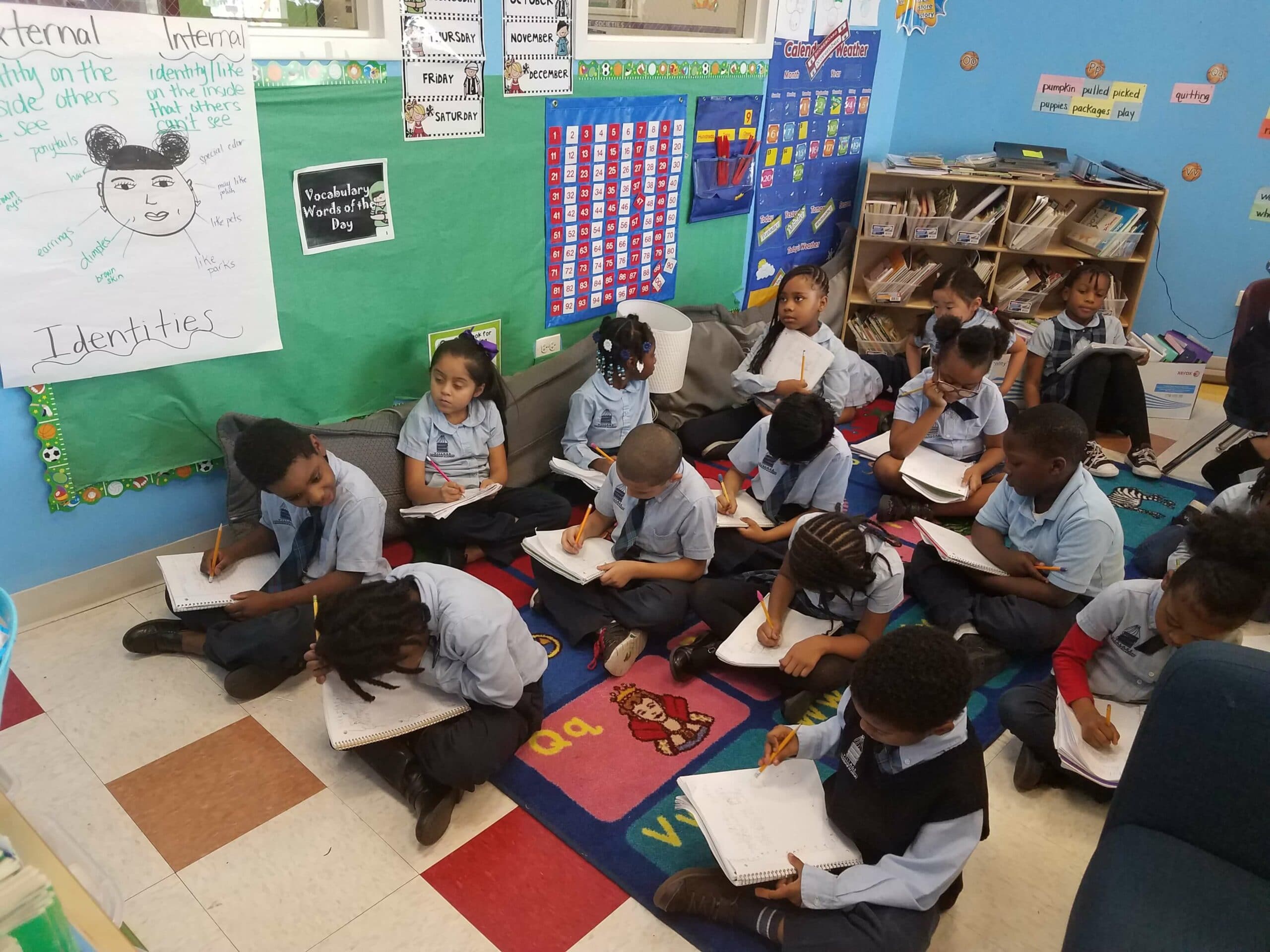Blog
ABCs, 123s, and Social Justice
By: VLA Teacher, Jasmine Patrick

I expected blank stares and frustrated tears, which seemed typical for any little kid. I knew best practices in reading, writing, and math…but teaching social justice?
I imagined my kids saying
in Reading: “C-A-T says /cat/.”
in Math: “3 + 3 = ….6!”
Social Justice: “uhhh…what is that word again?”
This was all new to me. I’ve heard of social justice programs in only a few schools, but I knew they were usually taught to kids much older than mine. Wasn’t there a reason for this? Were Ms Brakwa and I the only Kindergarten teachers teaching this along with world history? Could my kids get themes of race, privilege, and social movements? How in the world was I going to teach them these things in a global and national context and then relate it to their own lives? How could I break it down in ways they can understand? I am sure any Kindergarten teacher would wonder at first. But I was up for the challenge and pleased to find out that it is possible.
We have traveled through histories and current events in Africa, Asia, the Middle East, Europe, and now- in April- we are in Latin America. Although each story and perspective has potential to come off sophisticated, I realized that the big messages are still simple and usually the same:
“is that fair? Who benefits (or gets more)? Who’s voice dont we hear in the story? If you were them, what would you want to say? How can things be better for everyone?”
This week, we have been talking about modern day Latin America with a focus on Brazil and how it’s history has affected current systems today. Where can I find books about the current race and class inequalities in Brazil for 5 year old students?
Frankly, due to lack of kid resources on the topic, we have to make kid friendly stories by adapting the information from more advanced text. In a new school with little funds, you have to be resourceful. Where there are no resources, you just have to make them or improvise and share with teachers. So, for this unit, I have been using a lot of books that one of the first grade teachers, Mr Macias, makes for his class. We take turns reading and discussing lessons.
So are the concepts really hard? Well, I actually have learned that it can be very simple. Five year olds are still five and crazy sometimes. But, they DO have the basics of a social justice education: they understand fairness. They can identify “that’s not fair” when someone takes more crayons, and they can identify it when a land owner in Brazil gets a lot more money than his coffee workers who actually work the field. They can also identify who benefits (or “gets what they want”) and who doesn’t. A bigger concept, yes– but the same idea.
The trick is a Kindergarten teacher must relate everything in the world back to things that the kids understand conceptually. You always open up with something that happened to them first and then extend it to the event in history. Kids can see parallels in life lessons if you give them the chance to do it. They can see injustice anywhere, and believe me, they have their own ideas of “what to do.” I let them explore these thoughts and draw pictures of the world they want to see.
We talk about how to treat our neighbors in the classroom. So why not talk about how to treat our neighbors in the world? The complicated detail will come in later grades. I just want them to get the basics. I just want them to feel comfortable questioning things.
Everyday, I try to read stories about different events and from different perspectives. Like I said, many of the books are made, since we can’t always find already printed books discussing these specific events for young children. My kids sit on the carpet, still wiggly, but eager to find out what happens next.
After spiraling these “main lessons of fairness over and over again” no matter what region or time period we study, my class has evidently began to apply fairness to these “what-seems-to-be adult concepts.”
The other day we were reading a story about oppression of races in Latin America. As I read, one of my female students raised her hand and asked, “Ms Patrick, why don’t we see women in any of these stories?
Why is it always men coming over to having everything?” In this lesson, I didn’t even teach gender inequality, but this little one got it with her smart 5 year old question. I was in awe that this 5 year old little girl could identify the forgotten voice in history without any prompt: WOMEN!
I believe something important is happening in their little minds, even if it is just the questioning what they hear. They should never loose this ability. These questions are the foundation of working for a better world. So what did I learn? Never downplay the mind of a 5 year old. I think I was the one who learned the most that day.
Enroll Now
Discover a partner in the future of your child. Enroll your scholar for the 2021-2022 school year today!
